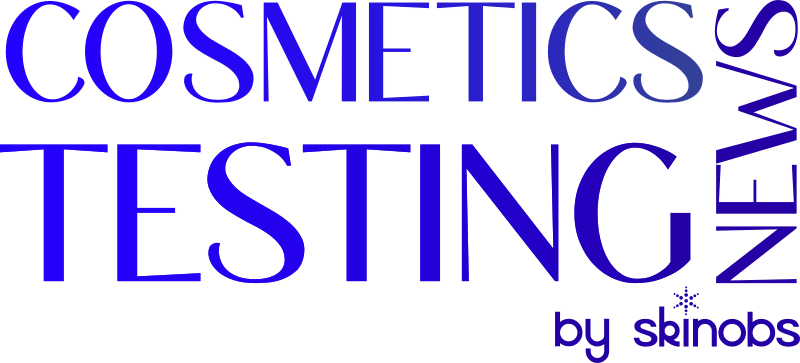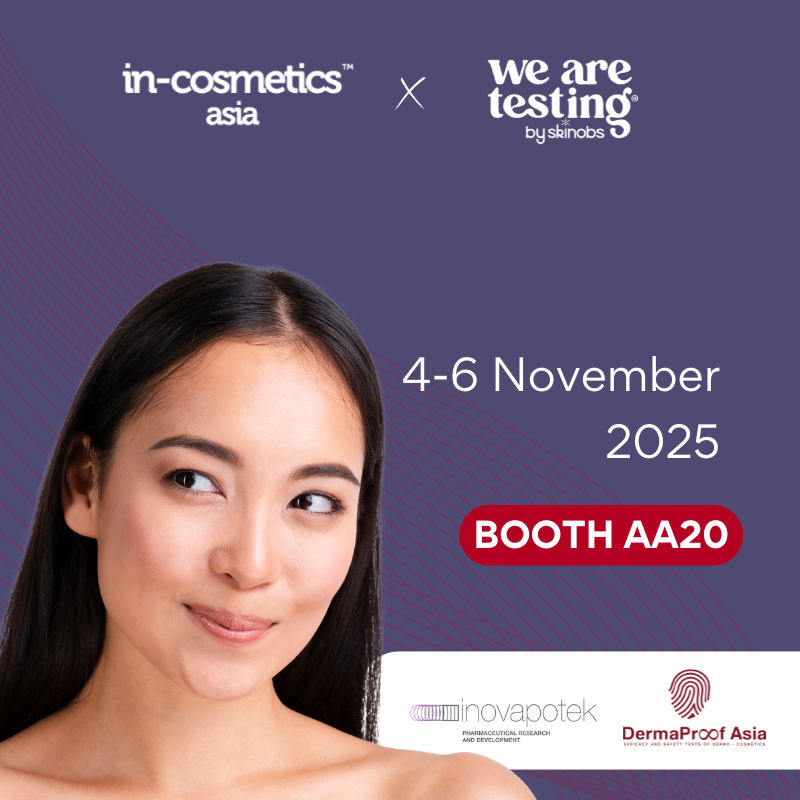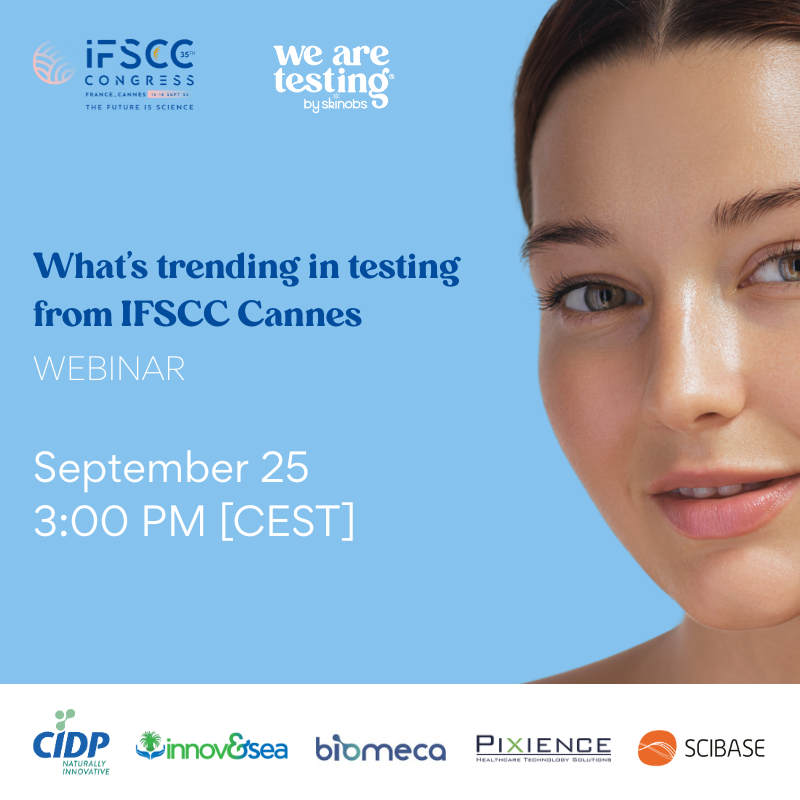Consumer safety is a paramount concern throughout the entire cosmetic supply chain. Companies are unwavering in their commitment to ensuring that their products comply with the Cosmetic Regulation (EC) no. 1223/2009, which aims to guarantee the safety of the end consumer. Before any product reaches the market, it must undergo a thorough evaluation.
Regulatory compliance and testing
As mandated by the Regulation, in vitro toxicity and in vivo safety tests are indispensable for assessing the safety and skin tolerability of cosmetic products. Laboratories equipped to assist in evaluating the compatibility of cosmetic products provide a comprehensive range of scientific studies to support safety assessments, utilizing in vitro toxicity tests and in vivo studies to gather essential data as part of the Integrated Testing Strategy (ITS). The ITS framework is designed to identify and classify the risk of skin sensitization caused by specific substances or compounds.
In vitro testing
In vitro toxicity tests are crucial for evaluating the safety and skin tolerability of cosmetic ingredients and products. Following the total ban on animal testing in March 2013, numerous in vitro skin sensitization tests have been developed as reliable alternatives for ingredient and product evaluation. By combining multiple in vitro tests within the ITS framework, greater predictability in the analytical approach can be achieved.
- Skin Irritation Test: This test assesses whether a cosmetic product causes irritation when applied to the skin. It is typically conducted using reconstructed human epidermis models.
- Skin Sensitization Test: This test evaluates the potential of a cosmetic product to cause an allergic reaction after repeated exposure. In vitro tests using cell-based assays or human tissue models are commonly used. These tests measure markers of immune response, such as the activation of certain immune cells, to predict sensitization potential.
- Eye Irritation Test: Eye irritation tests determine whether a cosmetic product causes adverse reactions when it comes into contact with the eyes. In vitro tests using reconstructed human corneal models or isolated animal eyes are often employed. The product is applied to the eye model, and any damage or irritation is assessed through various biochemical and morphological endpoints.
- Phototoxicity Test: This test evaluates whether a cosmetic product becomes toxic when exposed to light. It involves applying the product to cell cultures or reconstructed skin models and then exposing them to UV light. The cells are monitored for signs of damage or cell death, indicating phototoxic potential.
- Cytotoxicity Test: Cytotoxicity tests assess the overall toxicity of a cosmetic product by measuring its effect on cell viability. This is done by exposing cultured cells to the product and then evaluating cell health using assays that measure cell metabolism, membrane integrity, or enzyme activity. A decrease in cell viability indicates cytotoxicity.
- Genotoxicity Test: Genotoxicity tests determine whether a cosmetic product ingredient can cause genetic mutations or damage to DNA. These tests are performed using bacterial or mammalian cell cultures. Common assays include the Ames test, which uses bacteria to detect mutations, and the comet assay, which measures DNA strand breaks in individual cells.
Dermatological testing – skin compatibility
Dermatological tests, conducted under strict control, ensure skin compatibility by confirming the absence of irritation when a cosmetic product is applied. These tests are performed on a panel of healthy volunteers with normal or sensitive skin by a qualified dermatologist.
Patch Test. this test confirms the skin compatibility of a cosmetic product intended for human skin contact. It assesses the absence of irritation upon the first application rather than the product’s intrinsic irritation potential. The product classification is based on the average irritation index at each evaluation time as follow: non-irritating, slightly irritating, moderately irritating, or highly irritating. A dermatologist evaluates the results using a clinical score (0-4) for erythema and edema. The application can be evaluate according to the INCI composition. The application can be performed:
- Occlusive Patch Test. Conducted over 24 or 48 hours, the cosmetic product is applied under exaggerated conditions using an occlusive patch. The product remains in situ for a predetermined time.
- Semi-Occlusive Patch Test. The product is applied to the skin and covered with cotton or tape, providing a less intense occlusion compared to the occlusive patch.
- The Open Epicutaneous Test is adopted (as an alternative to Patch Test Occlusive) for finished cosmetic products or new formulations with extreme basic pH, volatile substances and particular mixtures of solvents, in order to prevent responses more intense and false positive reactions due to the occlusion of the test substance.
Dermatologist supervised in use test. The product is given to volunteers who use it for a month. A dermatologist assesses the absence of adverse reactions after the initial application and after a predetermined period.
Non-comedogenic test. This test evaluates the skin condition before and after one month of product usage, counting the number of comedones and blackheads on the forehead, cheeks, and chin.
Skin compatibility tests are conducted on a panel of volunteers selected based on predefined inclusion/exclusion criteria, in accordance with international regulatory guidelines and the ethical principles outlined in the Declaration of Helsinki.
Ophthalmological testing – ocular tolerance
Ophthalmological tests, conducted under strict supervision, evaluate the eye compatibility of cosmetic products intended for periocular application. These tests are performed on volunteers with normal or sensitive eyes, or those wearing contact lenses, under the guidance of ophthalmologists. A self-assessment questionnaire and an interview with the ophthalmologist are included to identify any potential undesired sensations.
Conclusion
These comprehensive safety tests are integral to the development and regulation of cosmetic products, ensuring they are safe for consumer use. By adhering to stringent regulatory guidelines and employing advanced scientific methodologies, the cosmetics industry can confidently offer products that not only enhance beauty but also protect health.
For consumers, this means great confidence in the brand choose when using cosmetic products. The rigorous testing ensures that products are free from harmful effects, minimizing the risk of skin irritation, allergic reactions, and other adverse outcomes. The dedication to safety in the cosmetics industry ultimately results in high-quality products that consumers can trust, reinforcing their confidence in the brands they choose and the products they use daily.
Chiara Chiaratti, Cosmetics and Personal Care Project Manager
https://www.merieuxnutrisciences.com/fr/
Sales contact:
Thibaud Pichard, Sales Representative France
thibaud.pichard@mxns.com






